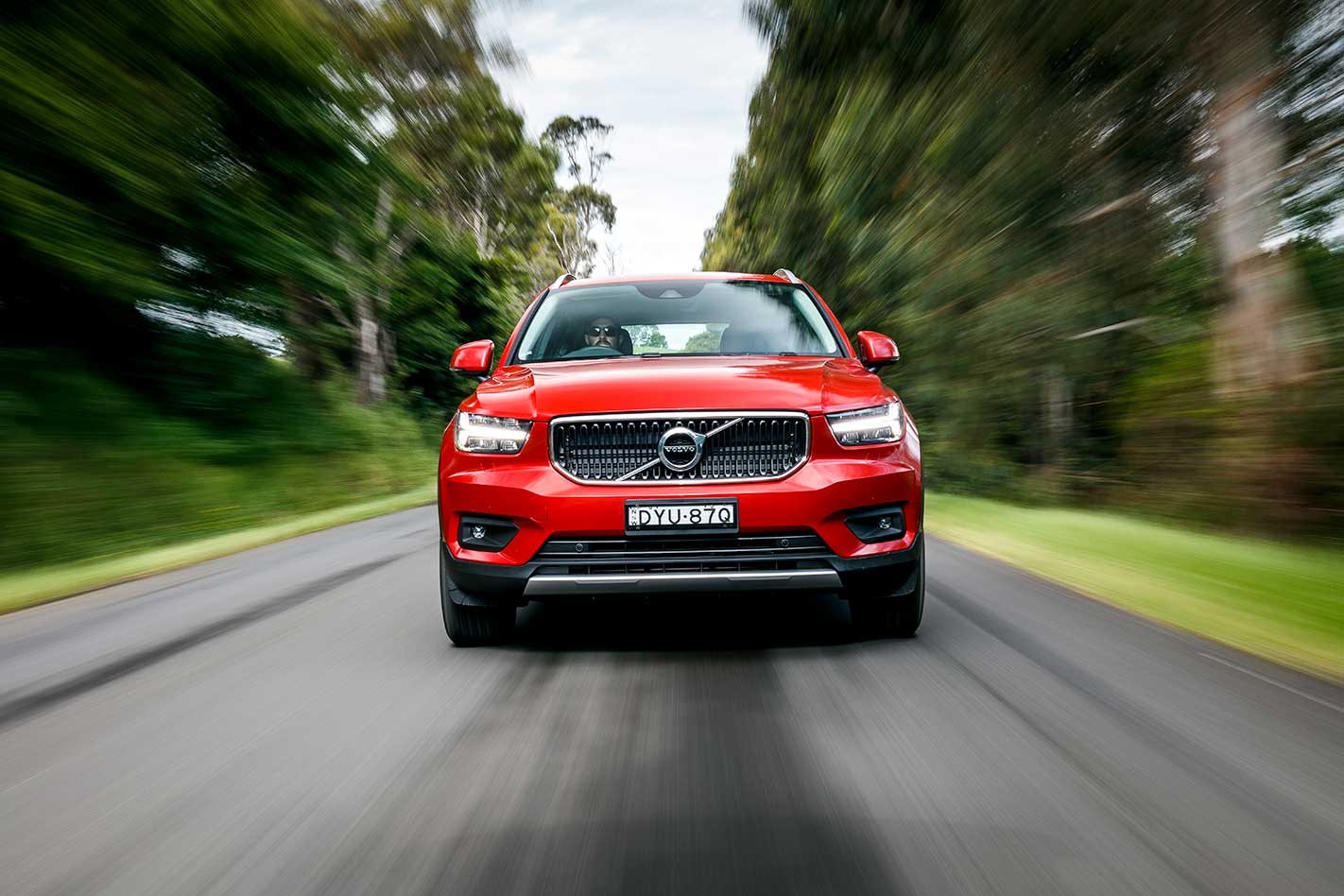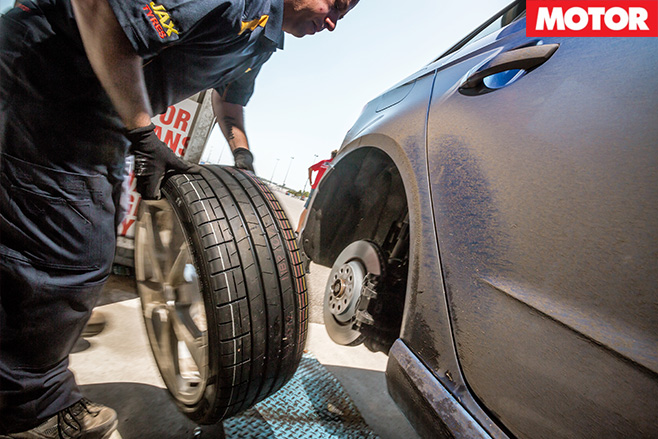So how did the Volvo XC40 really end up as last car standing at 2019’s Car of the Year award? As a member of the seven person judging panel, I get as good an insight as any into how the process works, and this year’s decision was far from a normal one.
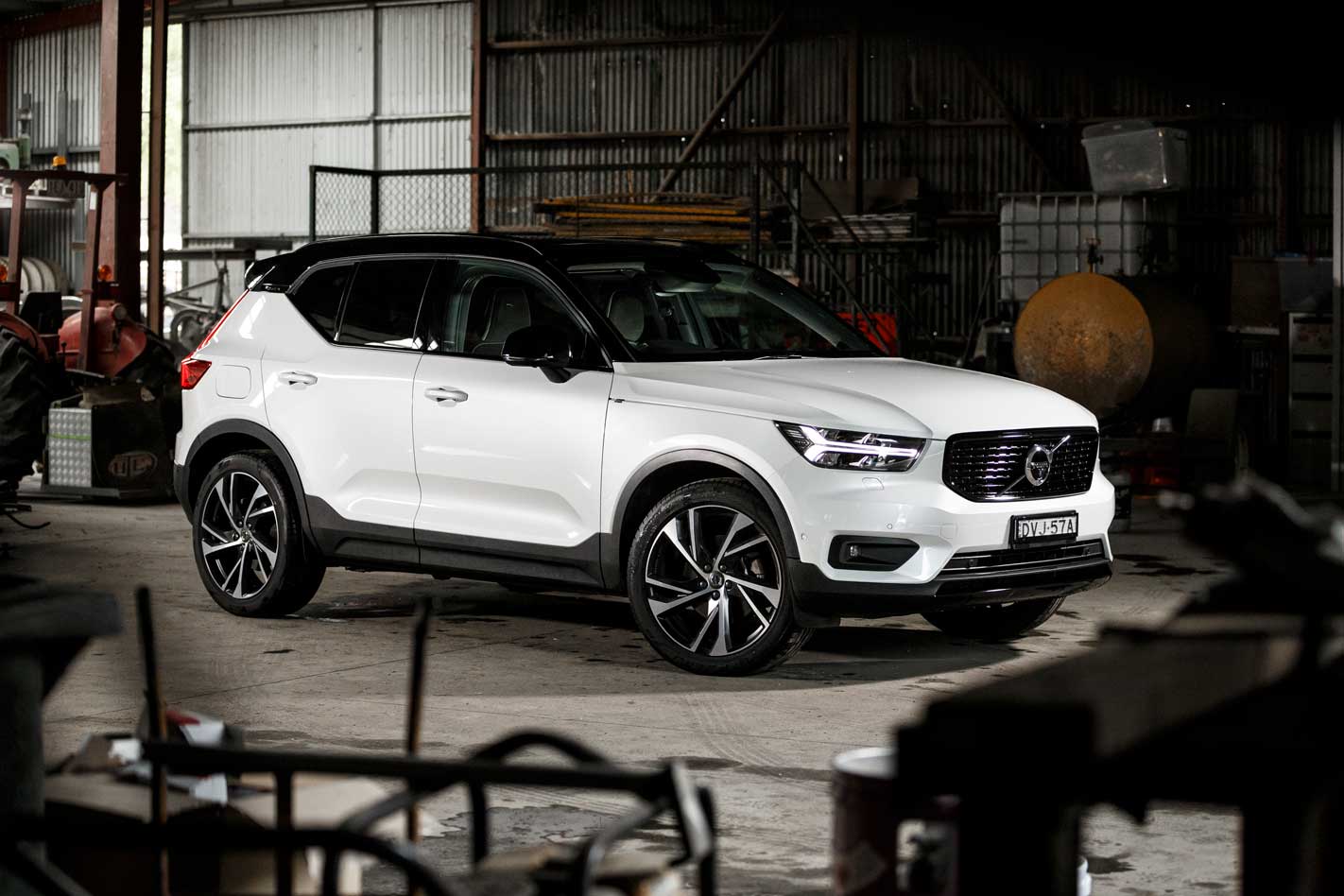
After two days at the proving ground, the general feeling amongst the judges was that COTY ’19 might be a bust. The Jaguar I-Pace seemed to be annihilating all comers and the rest of the week was looking like a scramble for the minor placings. But here’s the thing. The Wheels COTY process has been refined over 56 years and it works pretty well. I’m not saying that we never make mistakes – look back at the previous winners roll and you may feel there’s the odd omission or awards that now appear a little bold – but when applied properly, it’s a solid technique for arriving at a workable conclusion.
That conclusion comes down to the five judging criteria of function, safety, efficiency, technology and value. After the proving ground exercises came the road loops, and these proved the Jag’s Achilles heel, the test cars failing to achieve anything like the range promised. In addition to that, an intermittent battery fault didn’t further endear the British EV to judges.
These issues were brought to light by the process, which sees us spend a week with the cars on bitumen roads and loose dirt tracks, really putting them through the mill in proper Aussie conditions. And after a week of testing, the Volvo XC40’s blend of talents was vying with the Subaru Forester’s for the top spot. Both these cars did well against the judging criteria. Both had a range that was strong from top to bottom and delivered keen value against their immediate rival set.

In the end, a number of factors swung the decision in Volvo’s favour. Its ride and handling balance on steel springs was, if anything, even better than last year’s champ, the XC60. It’s polished with a bold design ethos that runs throughout the vehicle. Then there’s the fact that it’s different. It feels half a size bigger than shorter wheelbase rivals like the BMW X2, Jaguar E-Pace and Audi Q2 yet is far cheaper when representative optioning is taken into account.
A 185kW all-wheel drive XC40 T5 R-Design will be far more affordable when specced than a front-drive 141kW BMW X2. The German car retails for much the same price, but bringing it up to the XC40’s equipment specs will add over $5000. The Swede has identical 57 percent three-year residual figures to the BMW, but when the option spend is taken into account, it’ll hold its value far better. And that’s before you’ve taken into account its lower insurance premiums.
At the base end of the range, the XC40 is particularly accessible. An XC40 T4 Momentum with 140kW retails at $44,990. Less powerful Kia Sportages and Hyundai Tucsons retail for more.
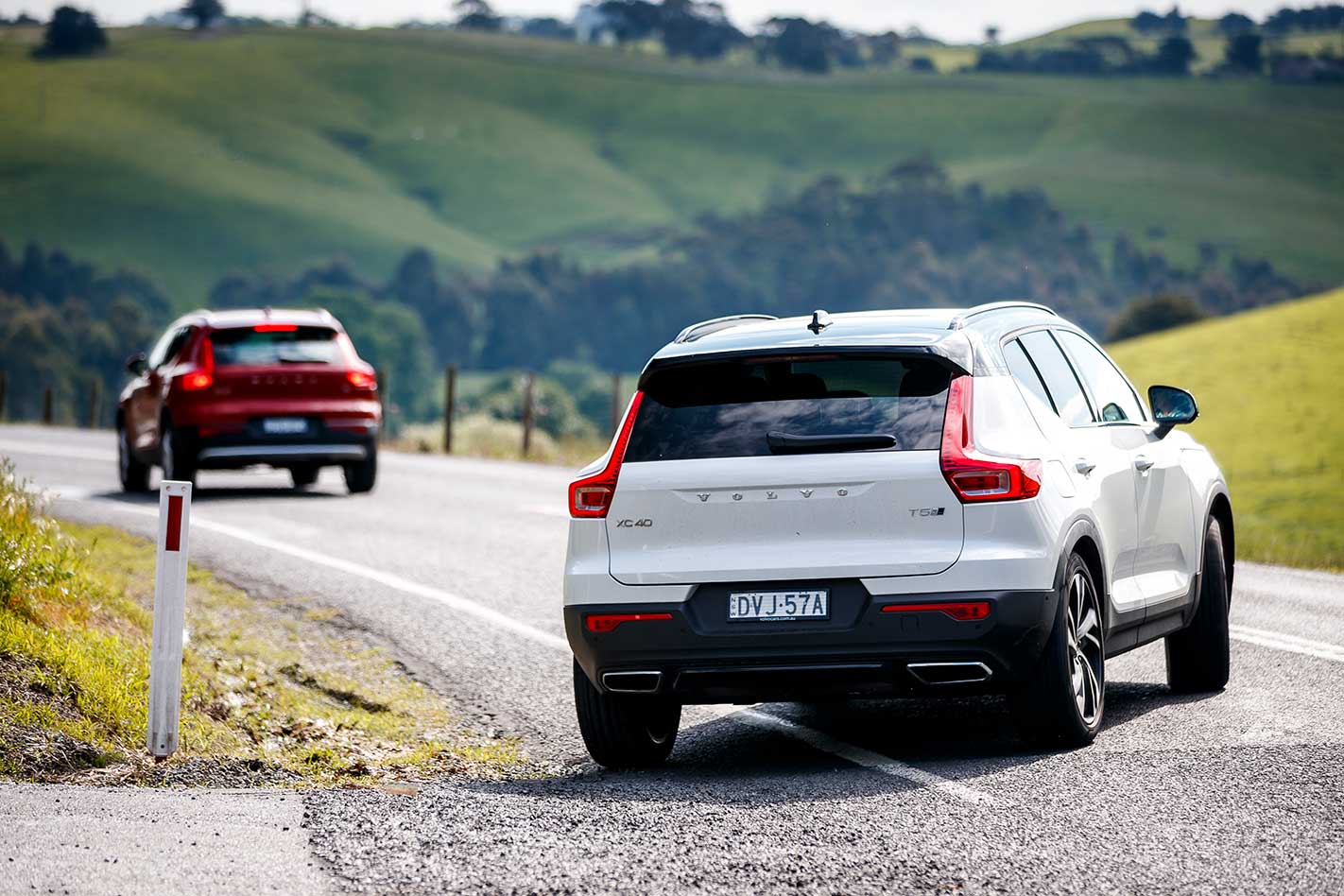
It delivers a broad range of engine choices, it records a brilliant safety score, it’s laden with standard tech and it has useable rear seats and a 460-litre boot. It recorded one of EuroNCAP’s top five occupant safety scores when it was tested, and is the only compact SUV to get a perfect score on that organisation’s four autonomous emergency braking tests.
That’s not to say it doesn’t put a foot wrong. The T5’s R-Design’s seats – usually such a Volvo strong point – feel short and overly firm. The idle-stop switch is buried in the infotainment system and sneakily switches itself back on after 45 minutes or so at the wheel. The steering isn’t ever going to rival a Lotus Elise for detailed feedback and servicing is typically pricier than its key rivals. We accept that no car has ever presented itself at COTY without some caveats and, taken in the round, the XC40 delivers a hugely impressive performance.

So, two on the bounce for Volvo. The company’s certainly on the up. In 2018, it broke 600,000 sales for the first time since the company was founded in 1927. We thought 2017 was a bumper year for the Swedish marque, but 2018 aced it by better than 12 percent. Much of that was down to last year’s COTY winner, the XC60, with 189,459 sales and the XC40 is expected to rapidly overtake that figure.
Geely’s management has been a case study in leveraging the strengths of the Volvo brand. There weren’t many of us who, when we saw ownership of Volvo transfer to Geely in 2010, didn’t harbour fears that it would turn the company into a high volume, low quality commodity brand. It has done the opposite. As one of Citroen’s chief designers noted tartly to me at last year’s Paris Show, “Volvo has never been more Swedish since the Chinese took over.”
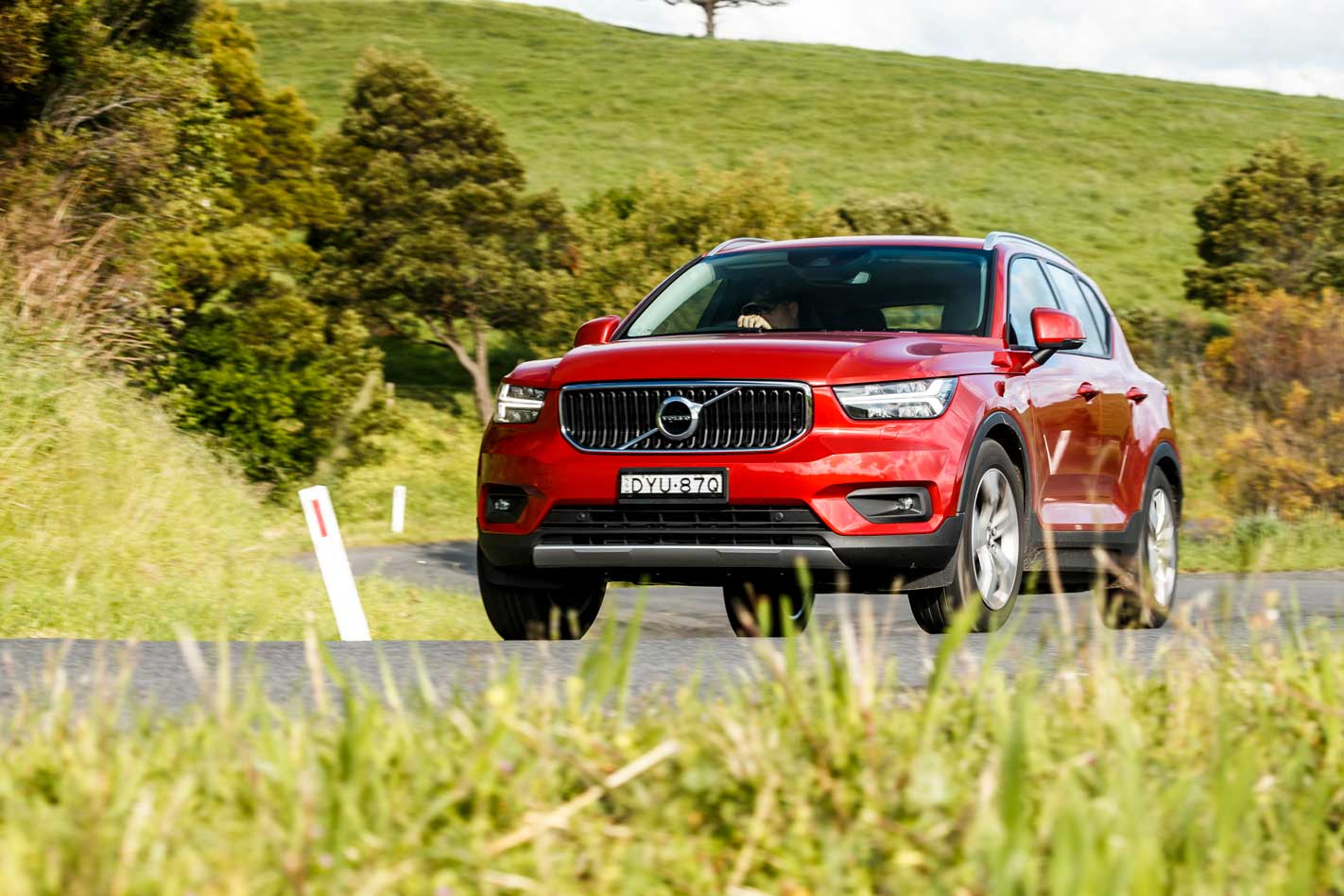
The hands-off approach from Geely has seen the XC40 remain a patently Scandinavian thing. It’s there in the quietness of the design, in the coolly understated materials and detailed execution inside the car. Stylist Ian Kettle from the Royal College of Art lived in Sweden, absorbing its cultural mores and values and has attempted to suffuse the XC40 with them. His design brief was to create Volvo’s ‘tough little robot’ – a futuristic yet purposeful small SUV. We think he’s succeeded admirably.
The CMA platform that underpins the XC40 is a smart piece of engineering too, and the car gets credit for that fact. An XC40 T5 Twin Engine plug-in hybrid is on the way, with a 115kW three-pot engine and a 55kW electric motor that’s capable of 31km commutes on pure battery power alone. Beyond that, the company has heavily hinted that the XC40 will be its first all-electric Volvo-badged car, its modular chassis capable of housing a full lithium-ion battery pack.
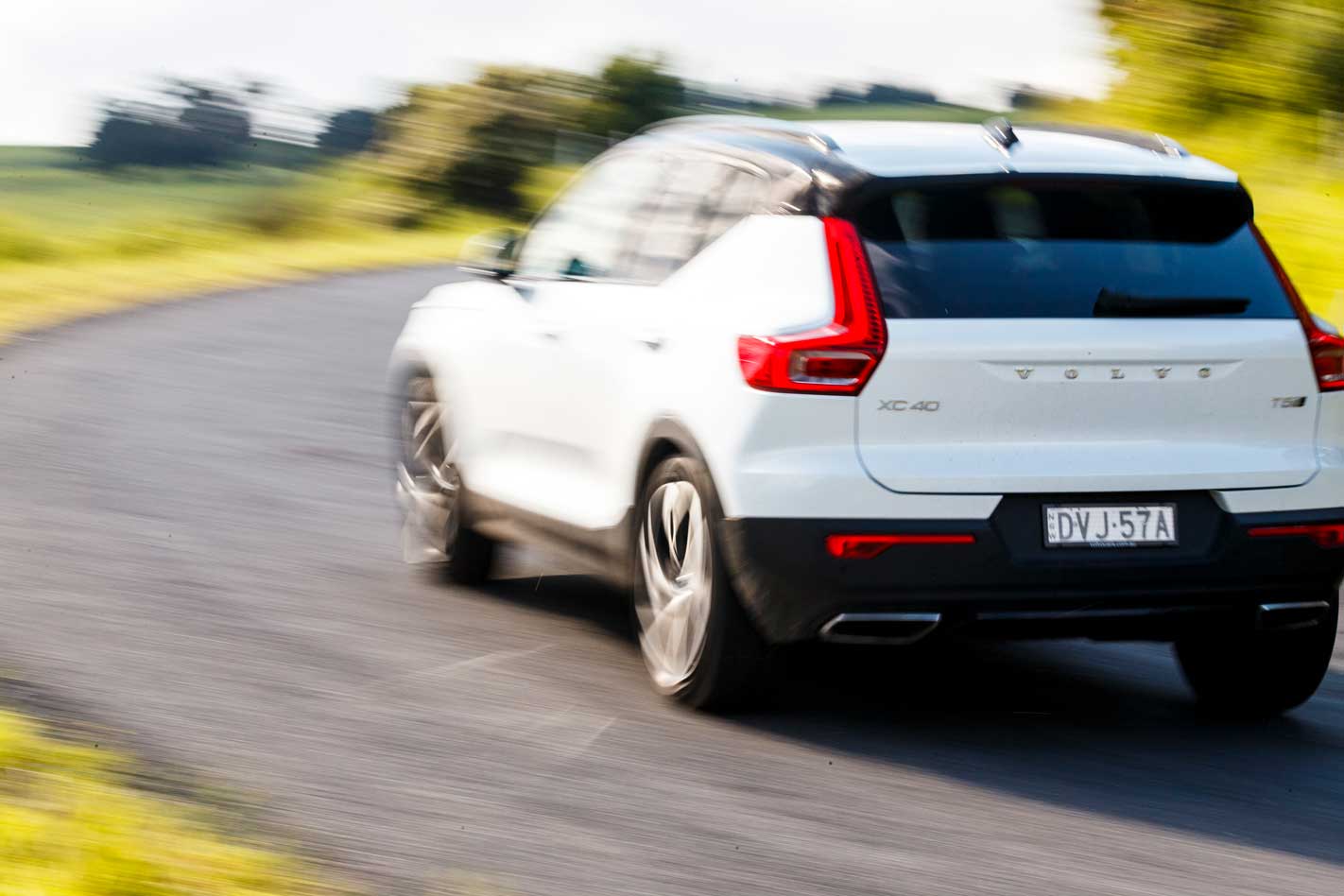
While most recognise the excellence of the both XC60 and XC40, some will grumble that we’ve awarded Wheels COTY to an SUV again. We’d counter that given what you now know, it would have been a travesty to direct the award to any other recipient. Respect the COTY process and it’ll spit out a winner at the end. Get that right and, as a judge, you feel as if you’re merely facilitating, overseeing a well-oiled machine if you like. We’re pretty confident the process delivered this year.


